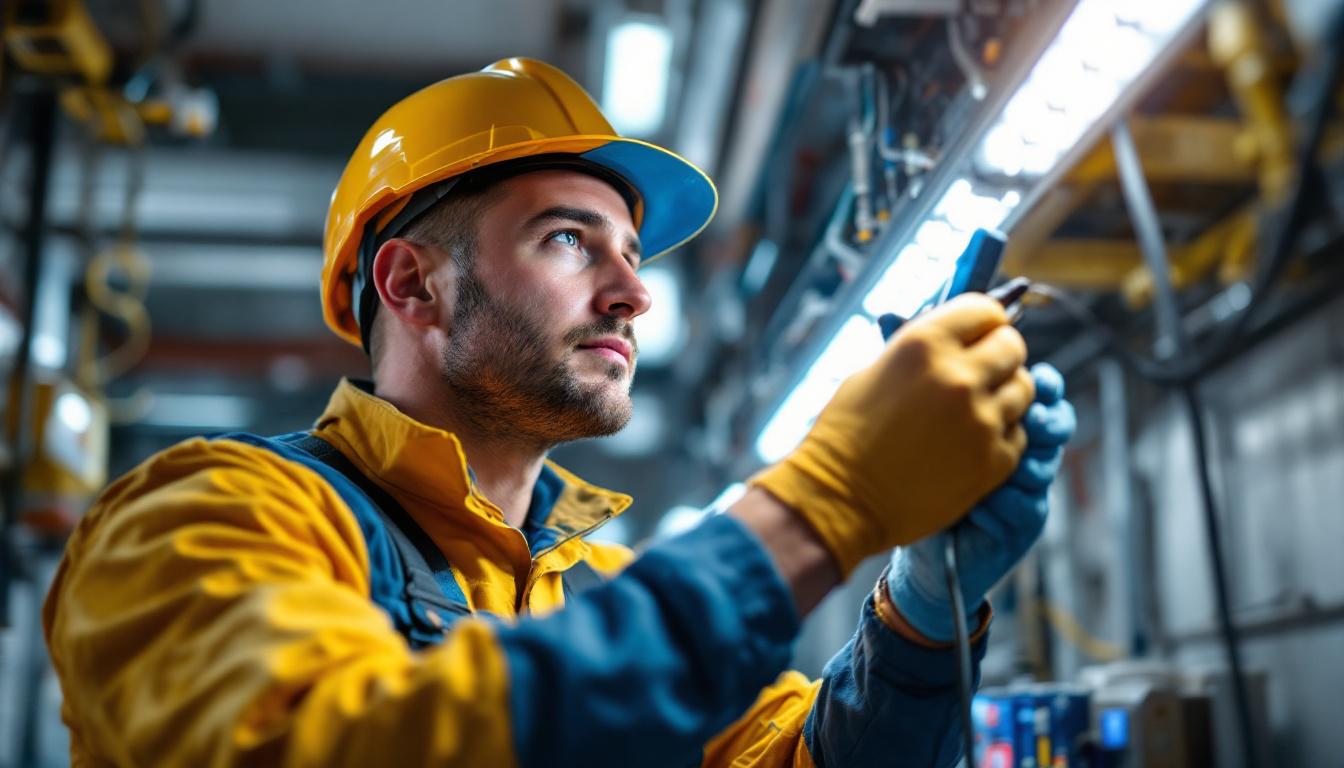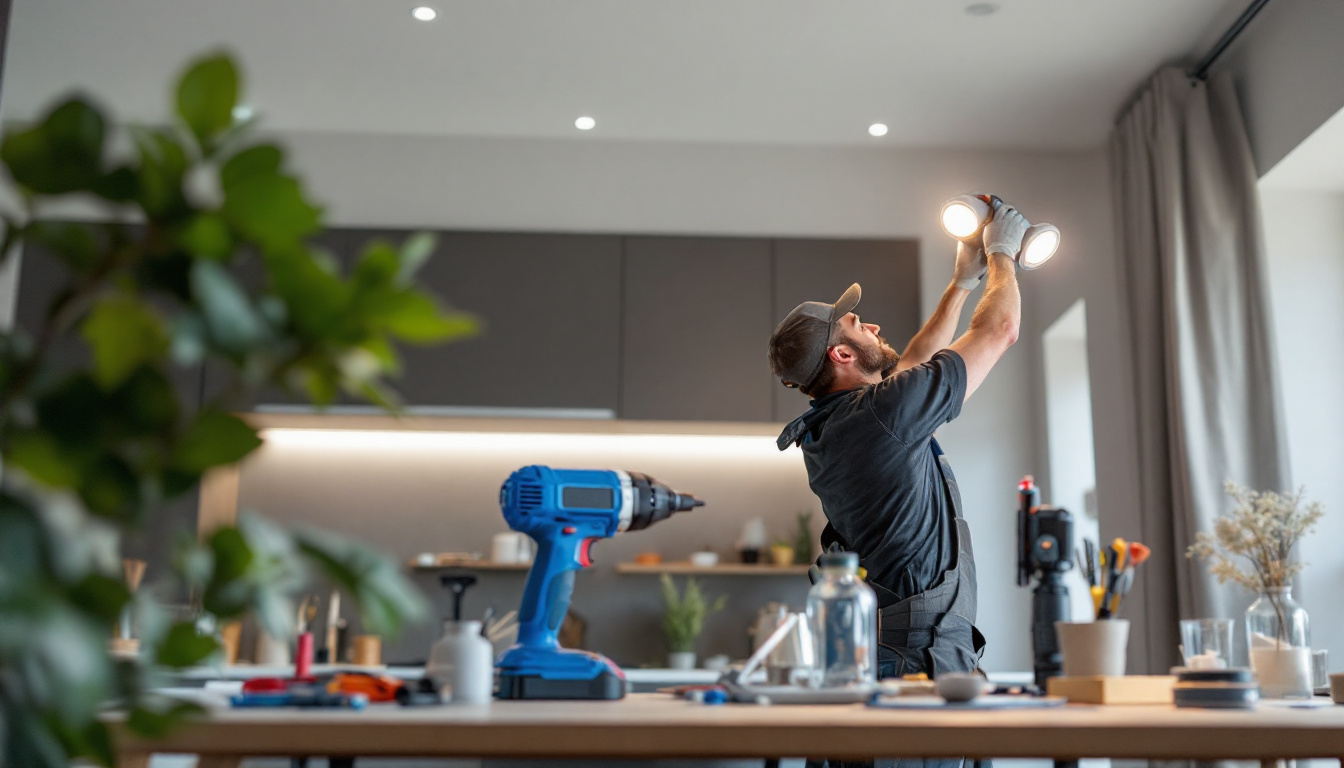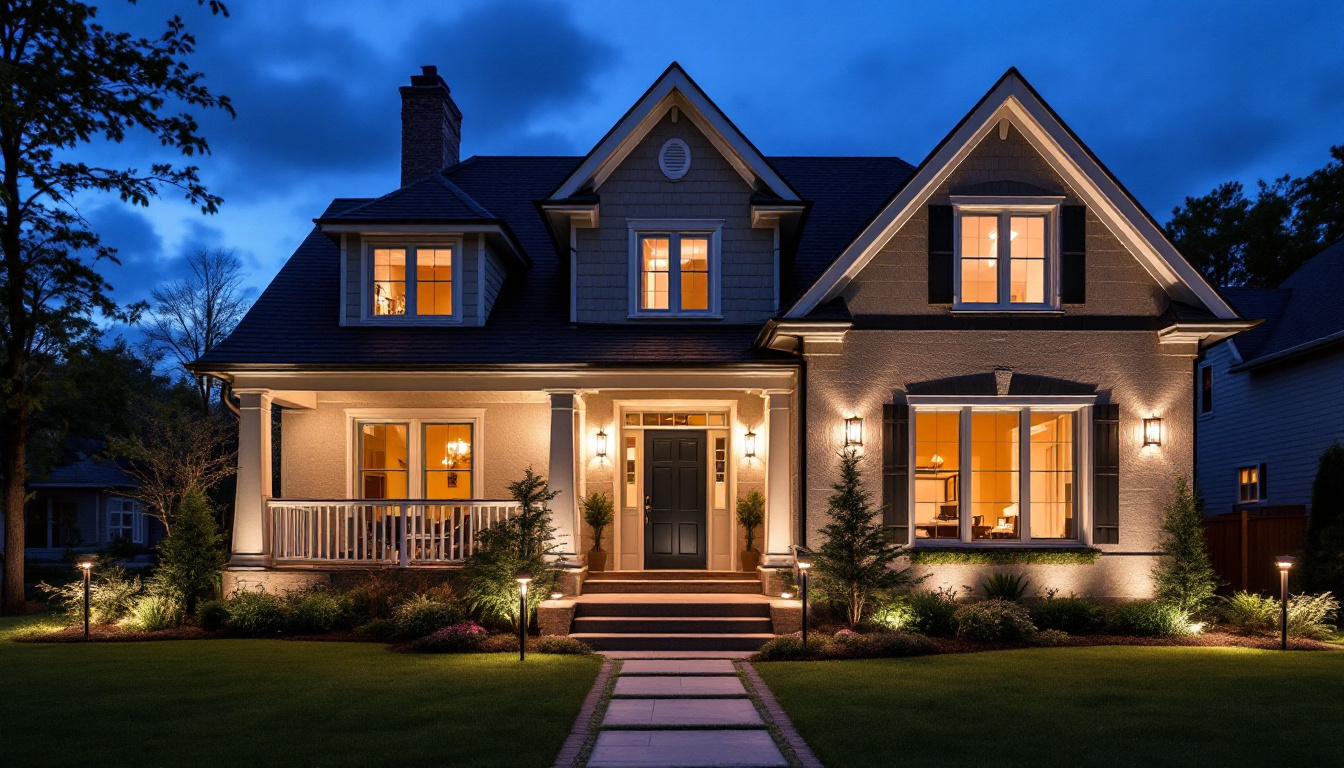
In the world of lighting design and installation, the importance of having the right tools and equipment cannot be overstated. Among the various components that lighting professionals must consider, the plug for washer stands out as a crucial element. This article provides an essential checklist for lighting contractors, ensuring that every detail is covered for a successful installation.
Plugs serve as the vital connection between electrical systems and lighting fixtures. They provide the necessary interface for power supply, ensuring that fixtures operate effectively and safely. A well-chosen plug not only enhances the performance of the lighting system but also contributes to the overall aesthetic of the installation. The right plug can also facilitate ease of use, allowing for quick installation and maintenance, which is especially important in commercial settings where downtime can lead to significant losses.
There are several types of plugs used in lighting applications, each designed for specific purposes. Understanding these types can help lighting professionals select the right plug for their projects. Common types include:
When selecting a plug for a washer or any lighting fixture, compatibility is key. Professionals must ensure that the plug matches the electrical requirements of the fixture and the power source. This includes considering voltage ratings, current capacity, and connector types. Mismatched plugs can lead to inefficient performance or even hazardous situations. Additionally, the physical design of the plug must align with the fixture’s socket to ensure a secure connection, preventing accidental disconnections that could interrupt service or create safety hazards.
Furthermore, the material composition of plugs can also play a significant role in their effectiveness. For instance, plugs made from high-quality, durable materials can withstand wear and tear, especially in environments where they are frequently plugged and unplugged. This durability not only extends the lifespan of the plug itself but also protects the integrity of the lighting fixture and the overall electrical system. In environments with high humidity or exposure to outdoor elements, weather-resistant plugs become essential to prevent corrosion and ensure long-term reliability.
To streamline the process of choosing the right plug for washers and other lighting fixtures, a comprehensive checklist can be invaluable. This checklist should cover various aspects to ensure that all bases are covered.
Before making any decisions, it is crucial to assess the electrical specifications of both the lighting fixture and the power source. This includes:
Additionally, it is wise to consider the type of circuit the plug will be connected to. For instance, dedicated circuits may require specific plug types to ensure safety and compliance with local electrical codes. Understanding whether the circuit is a standard household circuit or a specialized one can guide you toward the right plug choice. Furthermore, consulting with an electrician can provide insights into any unique requirements based on your local regulations, which can save time and prevent future issues.
The environment where the lighting fixtures will be installed can significantly impact the choice of plug. Factors to consider include:
Moreover, it’s important to think about potential physical hazards in the installation area. For example, if the plug will be near heavy machinery or in a high-traffic zone, choosing plugs with robust housings that can withstand impact and abrasion will be beneficial. Additionally, ensuring that the plug design minimizes the risk of accidental disconnection or damage can enhance safety and reliability in demanding environments.
While functionality is paramount, the aesthetic aspect of plugs should not be overlooked. A plug that complements the design of the fixture can enhance the overall look of the installation. Consider the following:
In addition to color and size, the style of the plug can also play a crucial role in the overall design harmony. For instance, vintage-style fixtures may benefit from retro-style plugs that evoke a sense of nostalgia, while modern fixtures might look best with sleek, minimalist plugs. Furthermore, exploring options like decorative covers or custom finishes can add a unique touch, allowing the plug to become a subtle yet integral part of the overall aesthetic rather than just a functional component.
Once the right plug has been selected, proper installation is crucial for ensuring safety and efficiency. Following best practices can help prevent issues down the line.
Every lighting fixture and plug comes with specific installation instructions provided by the manufacturer. Adhering to these guidelines is essential for maintaining warranties and ensuring safe operation. This includes:
In addition to these basic instructions, it’s also beneficial to familiarize yourself with any specific environmental considerations outlined by the manufacturer. For instance, some plugs may be rated for outdoor use while others are not, and using the wrong type in an inappropriate setting can lead to premature failure or safety hazards. Furthermore, understanding the materials used in the plug’s construction can provide insights into its durability and suitability for your particular application.
After installation, it is vital to conduct thorough testing to ensure everything is functioning correctly. Testing should include:
Beyond these initial tests, consider implementing a routine maintenance schedule that includes periodic inspections and testing. This can help catch any potential issues early, such as wear and tear on the wiring or connections that may develop over time. Additionally, utilizing diagnostic tools can provide deeper insights into the performance of your electrical systems, allowing for more proactive management and reducing the risk of unexpected failures.
Safety should always be a priority during installation. Implementing safety measures can help prevent accidents and ensure compliance with regulations. Consider the following:
Moreover, it is essential to establish a clear communication protocol among team members during the installation process. This can include safety briefings and assigning specific roles to ensure that everyone is aware of their responsibilities and the potential hazards involved. Additionally, having a first aid kit readily available and ensuring that personnel are trained in basic first aid can be invaluable in the event of an emergency. By fostering a culture of safety and vigilance, you can significantly reduce the likelihood of accidents and create a more secure working environment.
Even with proper installation, maintenance is necessary to keep lighting systems functioning optimally. Regular checks can help identify potential issues before they escalate.
Conducting regular inspections of plugs and connections can help identify wear and tear. Look for signs such as:
Keeping plugs clean can enhance their performance and longevity. Dust and debris can accumulate and interfere with electrical connections. Regular cleaning should include:
Lighting professionals should be prepared to troubleshoot common issues that may arise with plugs. Some common problems include:
The role of plugs in lighting installations is critical, and understanding how to select, install, and maintain them is essential for lighting professionals. By following the essential checklist outlined in this article, contractors can ensure that their installations are safe, efficient, and aesthetically pleasing.
Ultimately, investing time in the right tools and practices will lead to higher-quality installations and satisfied clients. As the lighting industry continues to evolve, staying informed about the latest technologies and best practices will empower professionals to excel in their craft.
Ready to elevate your lighting installations with the highest quality plugs and lighting accessories? Look no further than LumenWholesale, where we provide contractors with spec-grade lighting products at unbeatable wholesale prices. Say goodbye to local distributor markups and hello to superior lighting solutions that meet the strictest industry standards. With our hassle-free bulk buying and free shipping, you can stock up on reliable, high-performance lighting for every project, ensuring safety, efficiency, and aesthetic appeal. Don’t compromise on quality or value—discover wholesale lighting at the best value today and light up your projects with confidence.

Discover why purchasing strip lights in bulk from local distributors might not be the best choice.

Discover essential techniques and strategies for lighting contractors to optimize circuitry in various projects.

Discover innovative hacks for smart lighting contractors to optimize new construction can lights.

Discover essential insights into selecting and installing the perfect outdoor lighting for homes.